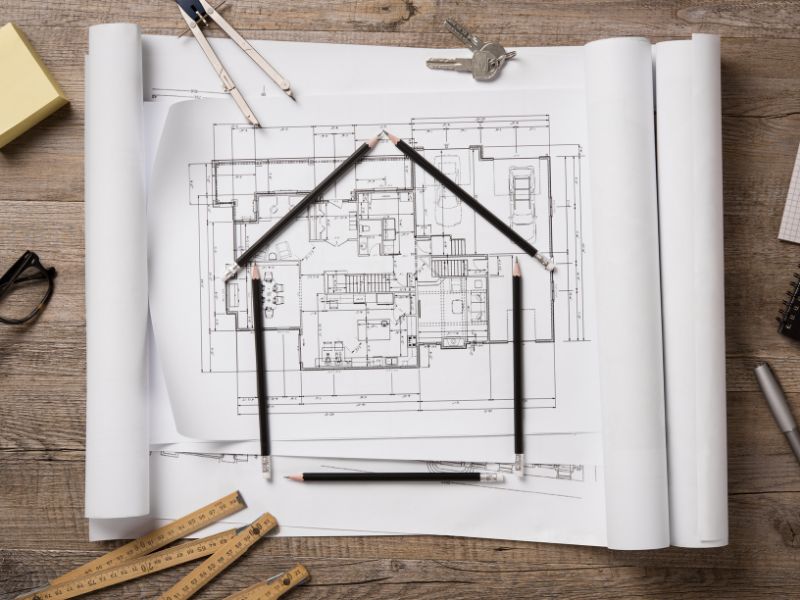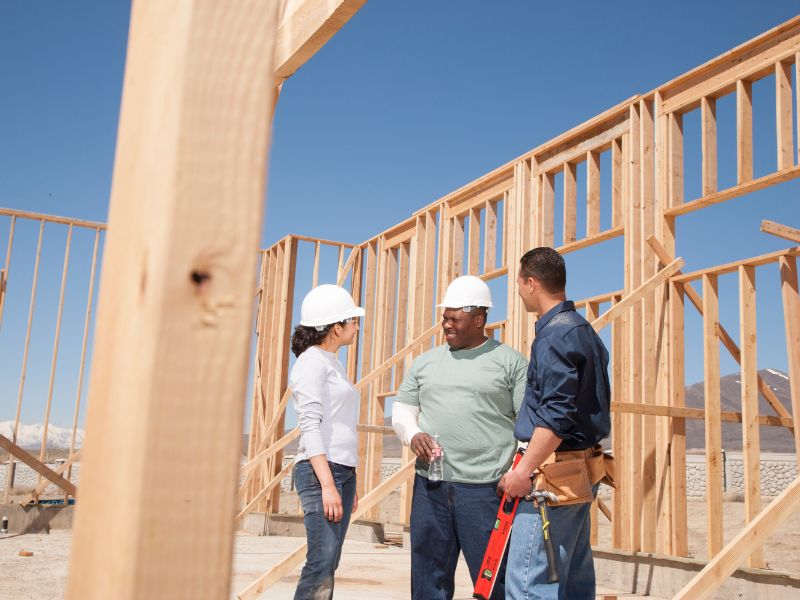Embarking on a construction project is an exciting venture, but it comes with its unique set of challenges, especially when it comes to financing. A construction loan is a crucial financial tool that facilitates the realization of your dream home or business space. In this detailed walkthrough, we’ll guide you through the entire construction loan process, from the initial application to the disbursement of funds, shedding light on key steps and helping you understand what to expect.
Understanding the Basics:
Before diving into the application process, it’s essential to grasp the fundamentals of a construction loan. Unlike a traditional mortgage, a construction loan is designed to cover the costs associated with building a new structure or renovating an existing one. The loan is typically divided into two phases: the construction phase and the permanent financing phase.
Preparation and Documentation:
The first step is to prepare for the loan application. Lenders will require a comprehensive set of documents, including detailed construction plans, a budget, and a timeline for the project. Personal financial information, credit history, and other documentation may also be necessary. Being well-prepared at this stage can expedite the loan approval process.
Application Process:
Once the documentation is in order, you can officially apply for the construction loan. The lender will assess your creditworthiness, evaluate the project’s feasibility, and review the construction plans and budget. This stage may involve multiple rounds of communication between you and the lender to address any queries or requests for additional information.
Loan Approval and Terms:
Upon successful evaluation, the lender will approve the construction loan and outline the terms and conditions. This includes interest rates, repayment schedules, and any other specific requirements. It’s crucial to carefully review these terms to ensure they align with your financial capabilities and project timeline.
Closing the Loan:
Closing the construction loan involves signing the necessary legal documents and paying any associated fees. During this phase, you’ll transition from the construction phase to the permanent financing phase. The lender may convert the construction loan into a traditional mortgage or provide a new loan for permanent financing.
Construction Phase:
With the loan secured, the construction phase begins. Funds are typically disbursed in predetermined stages, known as draws, as the project progresses. Regular inspections by the lender ensure that the work is in line with the agreed-upon plans and that funds are disbursed accordingly.
Interest Payments and Contingency:
During the construction phase, you’ll make interest-only payments on the amount drawn. It’s advisable to set aside a contingency fund for unforeseen expenses that may arise during the construction process. This ensures that you can address unexpected challenges without jeopardizing the project.
Completion and Permanent Financing:
Once the construction is complete and the final inspection is conducted, the construction loan transitions into permanent financing. This could involve converting the loan into a mortgage or securing a new mortgage to pay off the remaining construction loan balance.
Navigating the construction loan process requires careful planning, thorough documentation, and collaboration with a reliable lender. By understanding each step, managing expectations, and staying proactive throughout the journey, you can turn your construction dreams into a reality. Remember to communicate openly with your lender and seek professional advice when needed to ensure a smooth and successful construction loan experience.






